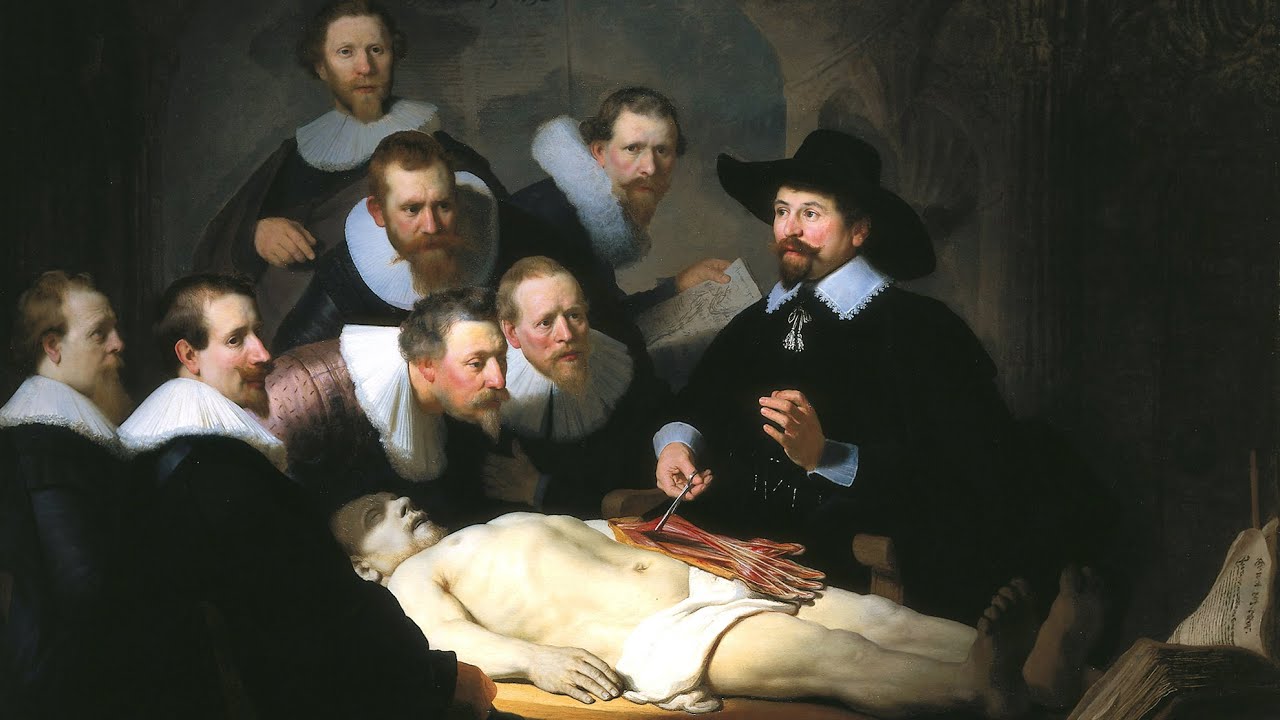The relationship between art and science is very close. In the past, it was a closer and almost necessary one to the other. Since then, and this happened very recently, that Art was given the sterile role only to entertain people in their leisure time, boundaries have begun to enter between these two necessary vital functions of man. So, Science became work and Art fun and entertainment. In the past, however, these two functions could not exist without the other. It would not be an exaggeration to say that they completed one another harmoniously.
Rubens, of course, with his most famous work, “The Anatomy Lesson “, proves the above but also before him, Leonardo Da Vinci’s work with the famous machines and inventions that turned into Art, the sciences of Mechanics and Optics, while his volatile machines tamed the laws of gravity, exploited the movement and behavior of atmospheric phenomena. It is ironic that Leonardo DA Vinci’s talent as an engineer was only proved in 2001 when Vebjorn Sand built the DA Vinci-Broen Bridge in Norway using the actual designs of Da Vinci that were intended for a bridge in Istanbul and were rejected festively by the Sultan.
English Botanist Marian North, became so well-known, for her amazing plant paintings (1855), that Darwin sent her to Australia to paint rare samples of fauna on which scientific studies on Botanology were based.
In theater and the performing Arts, the relationship between art and science, in general, is even bigger. Important writers, such as Ibsen and Chekhov were inspired by science.
In literature, it is enough to mention Jules Vern’s name to immediately make the association and connect the French writer to Neil Armstrong, which traces of his shoe’s space soles are still on the surface of the Moon.
It is, of course, Robert Louis Stevenson who exploited primary studies and wrote a lot before Freud for schizophrenia and labyrinthine features. And while Albert Einstein won the Nobel in 1921, Herbert George Wells wrote his novel “The Time Machine” and highlighted the opportunity to travel in 1895.
However, if we go much more deeply into the prehistoric period, if we sink into the dark chambers of the caves and deepen the cavities, we will discover that these first signs of artistic expression of our prehistoric ancestors were not just to spend time the cold winter nights. Painting wild beasts on the rocks were trying to blame these beings through their image, learn and look at the potential of these giant animals to measure their strength and risk for their very life and survival and finally to They face creating the appropriate tools and weapons. So the creation of artistic works, communicates directly by creating scientific works, whether or not protections if we stay at that distant and absent age.
The list is enormous and there is no reason to expand more. We will only be to argue that the narrow relationship of art and science does not only happen because their basic common elements are creativity, criticism, and flexible look on objects and phenomena, the imagination preceding it is inspired by science, and vice versa. It is exactly the same elements we want to introduce to education by putting A between E and M and Making Stem, Steam.

